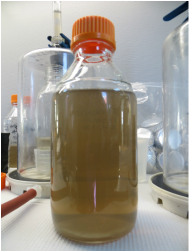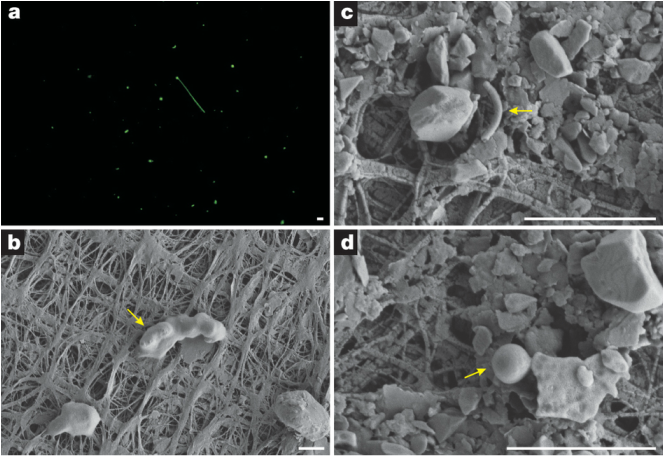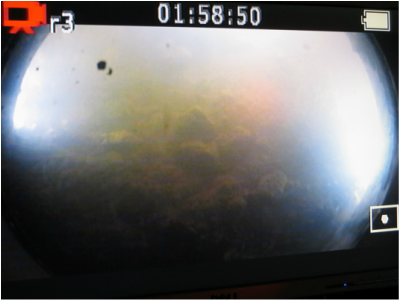Subglacial Lake Whillans
 SLW water. Photo by Trista Vick-Majors.
SLW water. Photo by Trista Vick-Majors.
Subglacial Lake Whillans became the first subglacial lake to be directly sampled in 2013, as part of the WISSARD project (Whillans Ice Stream Subglacial Access Research and Drilling). We sampled the lake water and sediments for microbiological and geochemical characteristics. I worked on the water column microbial physiology and the biogeochemistry of carbon and nitrogen.
Subglacial Lake Whillans (SLW) lies 800 meters beneath the surface of the Whillans Ice Stream in West Antarctica. Read about the ecology of SLW here, here and here. It is a hydrologically "active" subglacial lake - part of a a vast subglacial wetland that periodically drains into the Ross Sea and is refilled by subglacial water from upstream.
We accessed Subglacial Lake Whillans by drilling a borehole through the 800 meter thick ice sheet with a hot water drill, and used a camera to document the appearance of the lake-bed prior to collecting samples. A good series of papers describing the hot water drill can be found in the Annals of Glaciology.
The lake contains active chemoautotrophs (primary producers) and heterotrophs, and the ecosystem appears to be powered by relict marine organic matter that was deposited in West Antarctica when sea level was higher, at least 30,000 years ago, and trapped there when the ice sheet expanded. I am studying the physiology of the microorganisms as well as the composition of the organic matter.

a, Epifluorescence micrograph showing a variety of cell morphotypes, which was confirmed by scanning electron microscopy (SEM; b–d). The yellow arrows in the SEM images indicate cells with rod (b), curved rod (c) and coccoid (d) morphologies. Scale bar, 2 μm. From: Christner et al., 2014. Images by Vick-Majors.
My current research also includes the construction of an oxygen budget for Subglacial Lake Whillans, which can be used to constrain water residence time in the lake, and be compared to hydrological models that aim to do the same.

